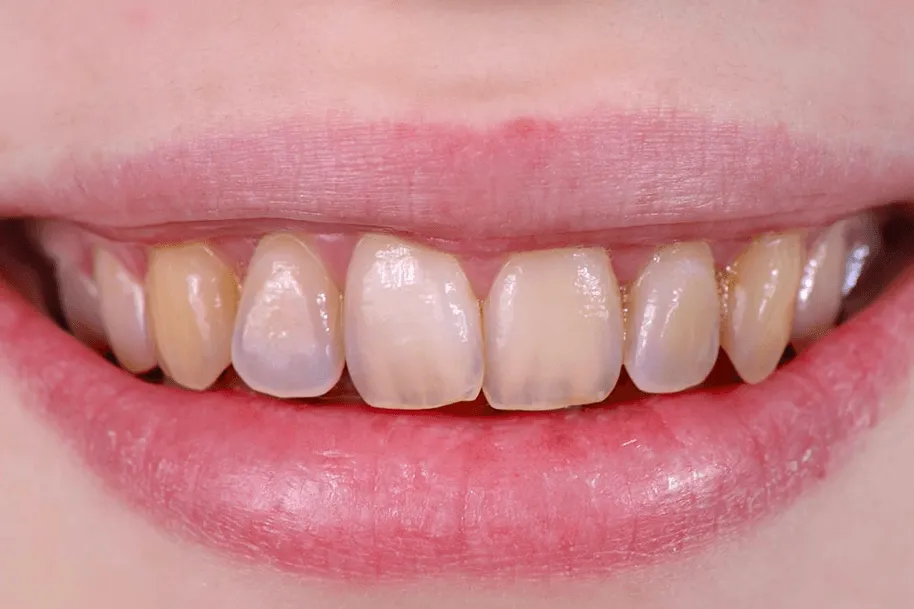Teeth Whitening Damage Enamel? Top 5 Facts!
Teeth whitening is a popular cosmetic procedure, promising a brighter, more attractive smile. However, a common concern among individuals considering teeth whitening is whether the process can damage tooth enamel. Enamel, the hard, protective outer layer of our teeth, is crucial for oral health. This article delves into the relationship between teeth whitening and enamel, exploring potential risks and offering insights to help you make informed decisions about your dental care. We’ll uncover the top 5 facts you should know.
The Composition of Tooth Enamel
Tooth enamel is the hardest substance in the human body, primarily composed of minerals, especially hydroxyapatite. This mineral composition gives enamel its strength and ability to withstand the forces of chewing. However, enamel also contains a small amount of organic matter and water. The unique structure of enamel allows it to be translucent, which means it permits light to pass through, contributing to the natural appearance of your teeth. Understanding its composition is the first step to understanding how it can be affected by teeth whitening.
What is Enamel?
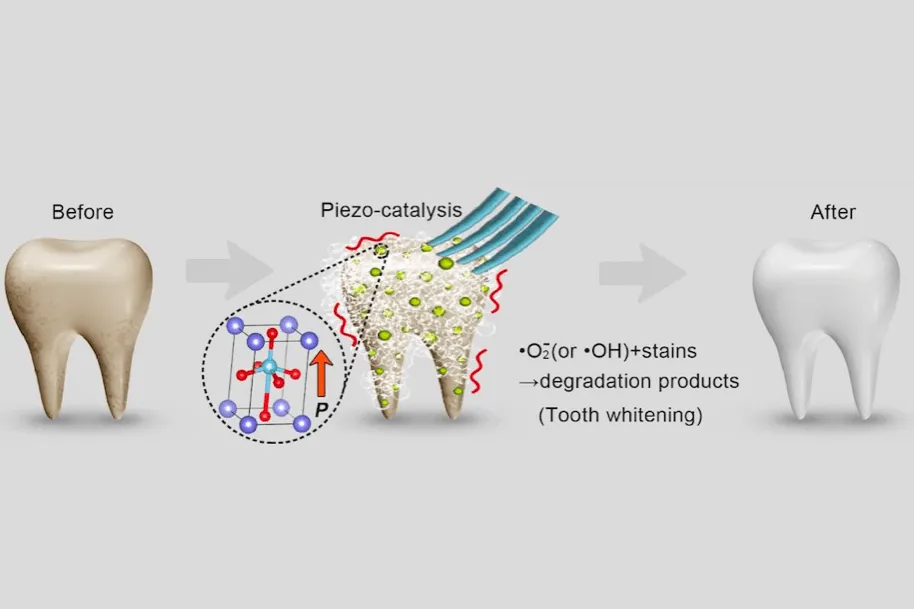
Enamel is the outermost layer of the tooth, protecting the softer, inner layers like dentin and pulp. It acts as a barrier against physical, chemical, and bacterial attacks. Enamel is also responsible for the color and shine of your teeth. The health and integrity of enamel are critical for preventing cavities, sensitivity, and other dental issues. Therefore, any procedure that may compromise the enamel’s structure warrants careful consideration.
Enamel’s Role in Oral Health
Enamel’s primary role is to protect the underlying tooth structure from damage. It provides a robust surface for chewing and helps to prevent the entry of bacteria that cause decay. A healthy enamel layer is essential for maintaining oral health and preventing problems like tooth sensitivity, cavities, and infections. Weakening or damaging enamel can lead to a cascade of dental issues, emphasizing the importance of preserving its integrity.
How Teeth Whitening Works
Teeth whitening procedures typically involve the use of bleaching agents, most commonly hydrogen peroxide or carbamide peroxide. These agents work by penetrating the enamel and breaking down the stains and discoloration that have accumulated over time. The process oxidizes the stain molecules, making them less visible and resulting in a brighter appearance. The effectiveness of the whitening process depends on factors like the concentration of the bleaching agent, the duration of application, and the specific type of stains present.
Common Teeth Whitening Methods

Various teeth whitening methods are available, catering to different preferences and budgets. Each method has its own set of advantages and potential drawbacks. Understanding the different methods and their potential impact on enamel is critical for making an informed choice. The best method for you depends on your individual needs, the severity of your discoloration, and your overall oral health.
In-Office Teeth Whitening
In-office whitening, performed by a dental professional, typically involves a higher concentration of bleaching agents and can produce immediate results. A protective barrier is applied to the gums, and the bleaching agent is carefully applied to the teeth. The dentist may use a special light or laser to accelerate the whitening process. While effective, in-office whitening can be more expensive and may cause more sensitivity compared to at-home methods.
At-Home Teeth Whitening Kits
At-home whitening kits often include custom-fitted trays or strips containing a lower concentration of bleaching agents. These kits offer convenience and are generally more affordable than in-office treatments. However, results may take longer to appear, and there is a greater risk of improper use, which could lead to uneven whitening or increased sensitivity. Following instructions carefully is crucial to minimize any potential risks.
Whitening Toothpastes and Other Products
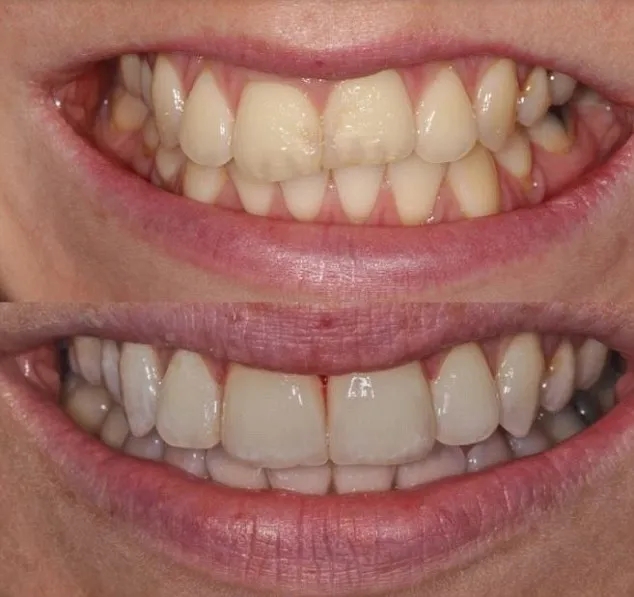
Whitening toothpastes and other over-the-counter products often contain mild abrasive agents or low concentrations of bleaching agents. They can help remove surface stains but are generally less effective at addressing deeper discoloration. These products are often used to maintain the results of other whitening treatments. While generally safe, overusing abrasive toothpastes can potentially wear down enamel over time.
The Potential for Enamel Damage
While teeth whitening is generally considered safe when performed correctly, there’s always a potential for enamel damage. This risk varies depending on the whitening method, the concentration of the bleaching agent, and the individual’s oral health. Several factors can contribute to enamel erosion or sensitivity during the teeth whitening process.
Fact 1 Whitening Sensitivity and Enamel Erosion
One of the most common side effects of teeth whitening is temporary tooth sensitivity. This occurs because the bleaching agents can penetrate the enamel and reach the dentin, which contains nerve endings. In some cases, excessive or prolonged use of whitening products can lead to enamel erosion, making teeth more susceptible to sensitivity and cavities. The degree of sensitivity varies, but it’s often mild and resolves shortly after treatment.
Fact 2 The Role of Peroxide
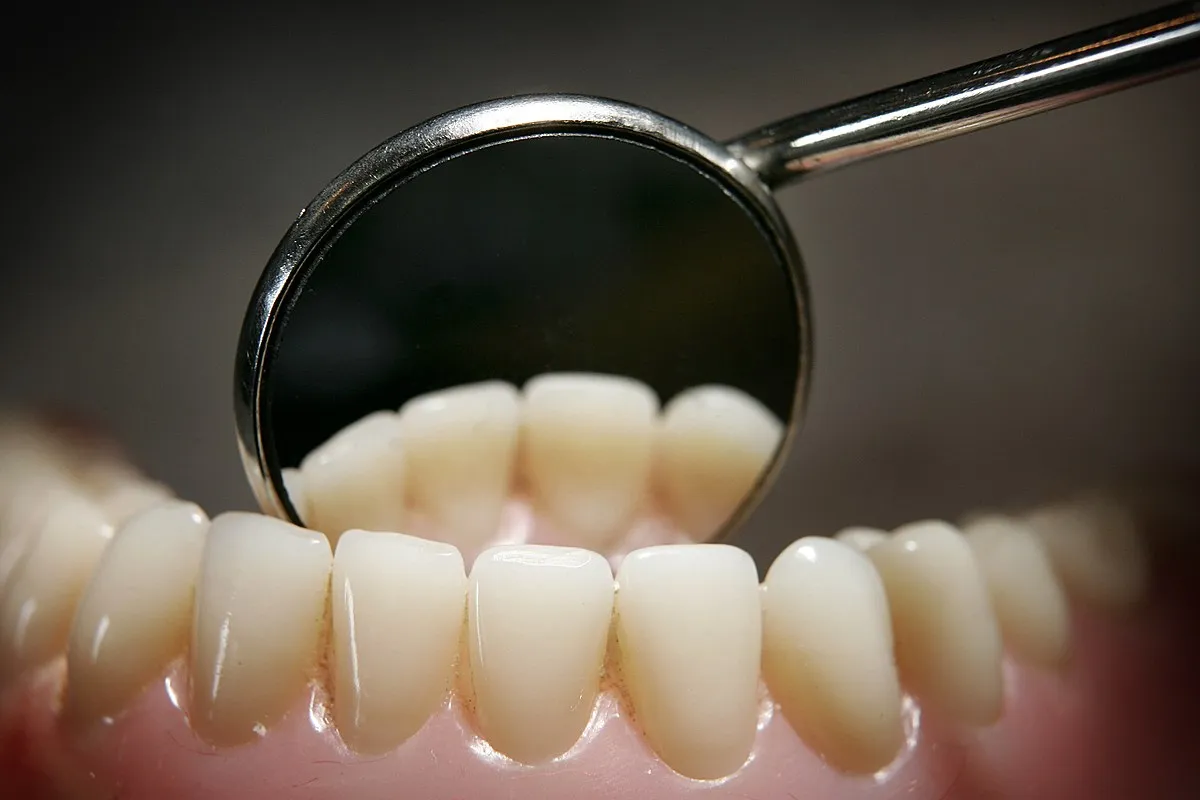
Hydrogen peroxide and carbamide peroxide, the active ingredients in most whitening products, are strong oxidizing agents. These agents break down stain molecules, but they can also potentially affect the minerals within the enamel. High concentrations of peroxide or prolonged exposure can lead to demineralization, making the enamel more porous and vulnerable. Proper use, under the guidance of a dentist, is crucial to mitigate this risk.
Fact 3 Impact on Tooth Structure
While the primary goal of teeth whitening is to alter the color of the enamel, there is some evidence that it can also affect the tooth structure. Repeated or aggressive whitening can potentially weaken the enamel, making it more susceptible to damage from acidic foods and drinks or increasing the risk of cavities. However, most studies suggest that when used correctly and under professional supervision, the impact on the tooth structure is minimal.
Fact 4 Gum Irritation and Recession
Teeth whitening products can sometimes irritate the gums, causing inflammation, swelling, and soreness. This is more likely with in-office treatments that use higher concentrations of bleaching agents or if the bleaching agent comes into contact with the gums for extended periods. In some cases, the use of whitening products can contribute to gum recession, exposing more of the tooth and potentially increasing sensitivity. Proper application techniques and the use of protective barriers can minimize gum irritation.
Fact 5 Long-Term Effects
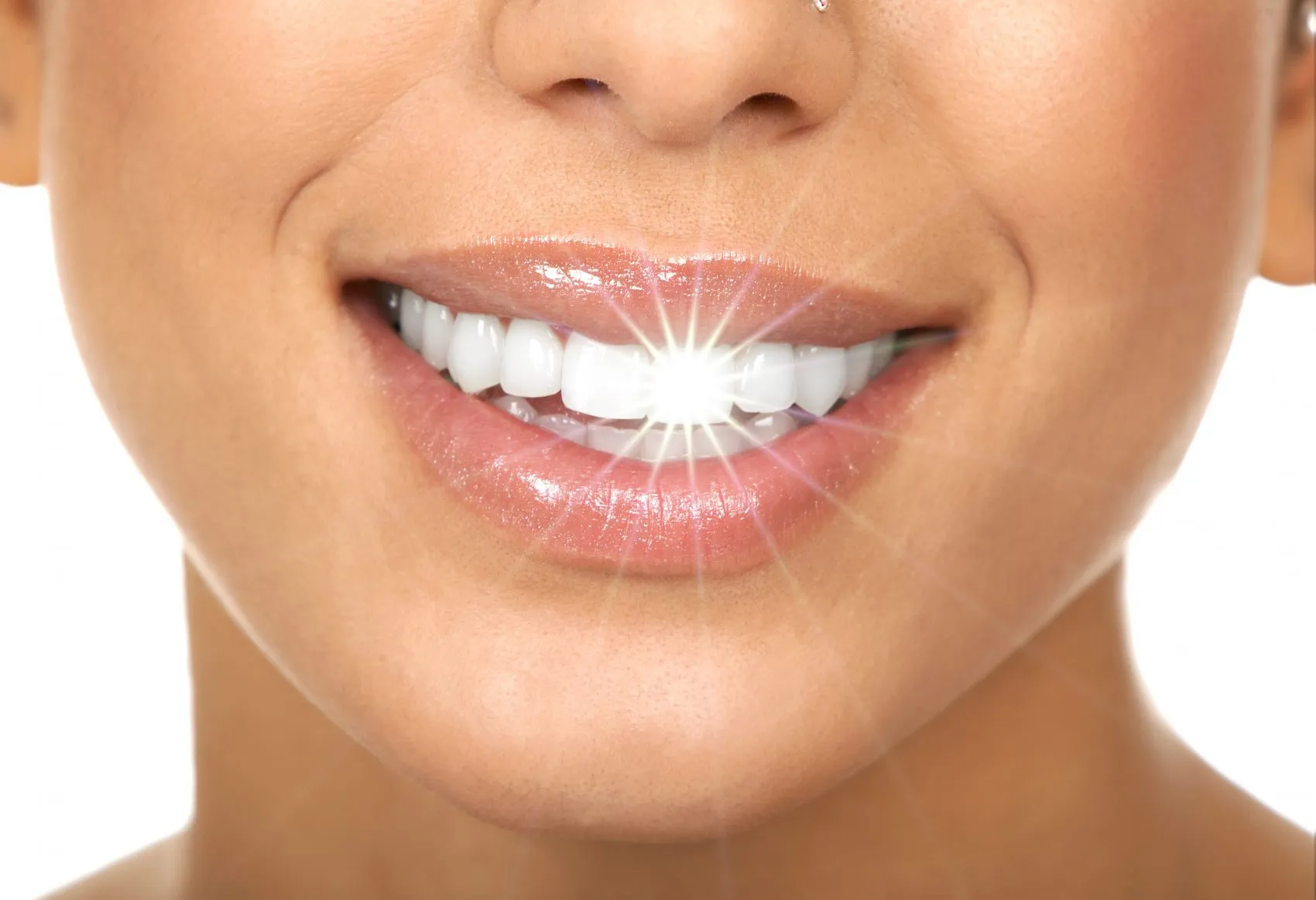
The long-term effects of teeth whitening on enamel are still being studied. While most research indicates that teeth whitening is safe when used correctly, some studies suggest that repeated treatments over many years might have a cumulative effect on enamel. Therefore, it’s essential to follow your dentist’s recommendations and avoid excessive or unnecessary whitening treatments to protect your enamel’s long-term health.
Protecting Your Enamel During Whitening
Several steps can be taken to minimize the risk of enamel damage during teeth whitening. Using the correct concentration of bleaching agents and following the instructions carefully is essential. Additionally, consulting with a dentist before undergoing whitening treatments can help assess your oral health and identify any potential risks. Using products designed to strengthen enamel and reduce sensitivity can also be beneficial.
Choosing the Right Whitening Method
Choosing the right teeth whitening method depends on your individual needs and preferences. In-office whitening offers immediate results but may be more expensive and can cause greater sensitivity. At-home kits offer convenience and are more affordable but require careful use. Whitening toothpastes and other over-the-counter products are less effective but can help maintain results. Consulting with your dentist is the best way to determine which method is right for you, based on your oral health and desired outcome.
Professional Advice and Guidance
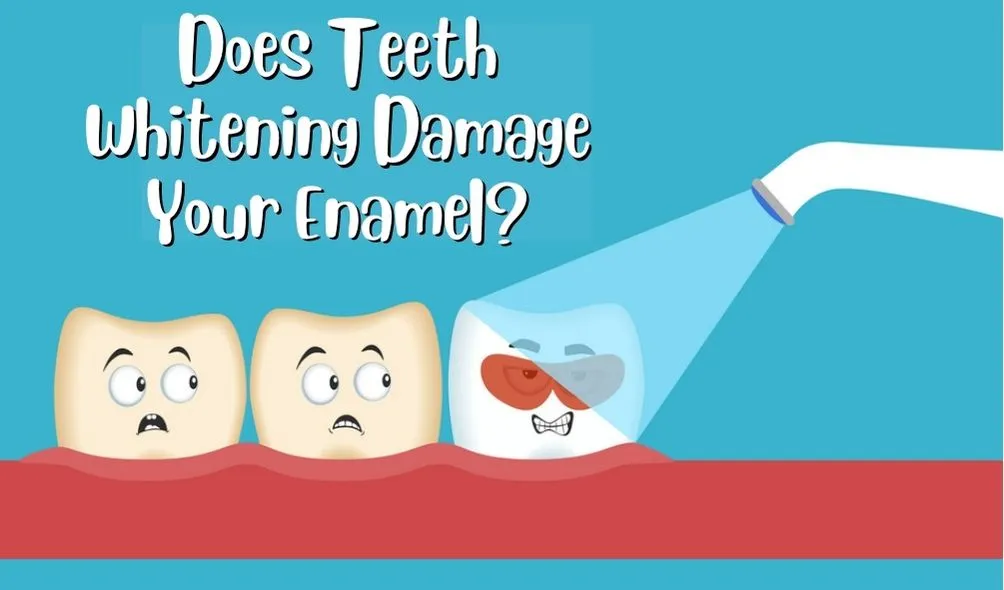
Before starting any teeth whitening treatment, it’s crucial to consult with your dentist. A dentist can assess your oral health, identify any pre-existing conditions, and recommend the most appropriate whitening method. They can also provide guidance on proper usage and offer tips for minimizing potential risks to your enamel. Professional guidance ensures the safest and most effective teeth whitening experience.
Maintaining Healthy Teeth After Whitening
After teeth whitening, it’s essential to maintain good oral hygiene practices to protect your enamel and preserve the results. This includes brushing your teeth twice a day with a fluoride toothpaste, flossing daily, and visiting your dentist for regular checkups and cleanings. Avoiding foods and drinks that can stain teeth, such as coffee, tea, and red wine, can also help maintain your brighter smile. Consider using toothpaste designed for sensitive teeth if you experience increased sensitivity.
